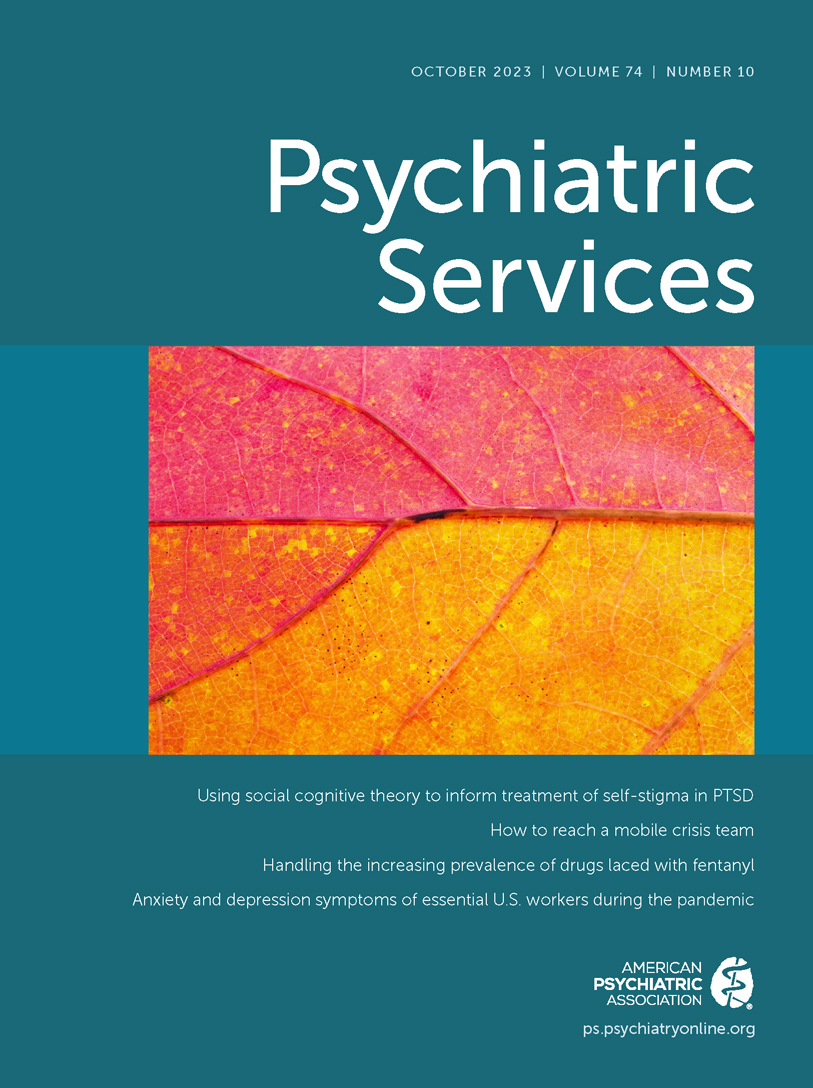Randomized Controlled Trial of Self-Directed Care for Medically Uninsured Adults With Serious Mental Illness
Abstract
Objective:
Self-directed care (SDC) is a treatment model in which recipients self-manage funds designated for provision of services. The model is designed to cost no more than traditional services while achieving superior participant outcomes. The authors examined the model’s impact on outcomes, service costs, and user satisfaction among medically uninsured, low-income individuals with serious mental illness.
Methods:
Adults in the public mental health system (N=42) were randomly assigned (1:1) to receive SDC or services as usual and were assessed at baseline and 6- and 12-month follow-ups. Outcomes included perceived competence for mental health self-management, met and unmet needs, degree of autonomy support, self-perceived recovery, and employment. Mixed-effects random regression analysis tested for differences in longitudinal changes in outcomes between the two study conditions. Differences in service costs were analyzed with negative binomial regression models.
Results:
Compared with individuals in the control condition, SDC participants reported greater improvement in perceived competence, met and unmet needs, autonomy support, recovery from symptom domination, and employment. No differences were found between the two groups in total per-person service costs or costs for individual services. The most frequent nontraditional purchases were for medical, dental, and vision services (33%) and health and wellness supports (33%). Satisfaction with SDC services was high.
Conclusions:
Mental health SDC services achieved participant outcomes superior to treatment as usual, with equivalent service use and costs and high user satisfaction. This model may be well suited to the needs of uninsured adults with low income who receive public behavioral health care.
Access content
To read the fulltext, please use one of the options below to sign in or purchase access.- Personal login
- Institutional Login
- Sign in via OpenAthens
- Register for access
-
Please login/register if you wish to pair your device and check access availability.
Not a subscriber?
PsychiatryOnline subscription options offer access to the DSM-5 library, books, journals, CME, and patient resources. This all-in-one virtual library provides psychiatrists and mental health professionals with key resources for diagnosis, treatment, research, and professional development.
Need more help? PsychiatryOnline Customer Service may be reached by emailing [email protected] or by calling 800-368-5777 (in the U.S.) or 703-907-7322 (outside the U.S.).



